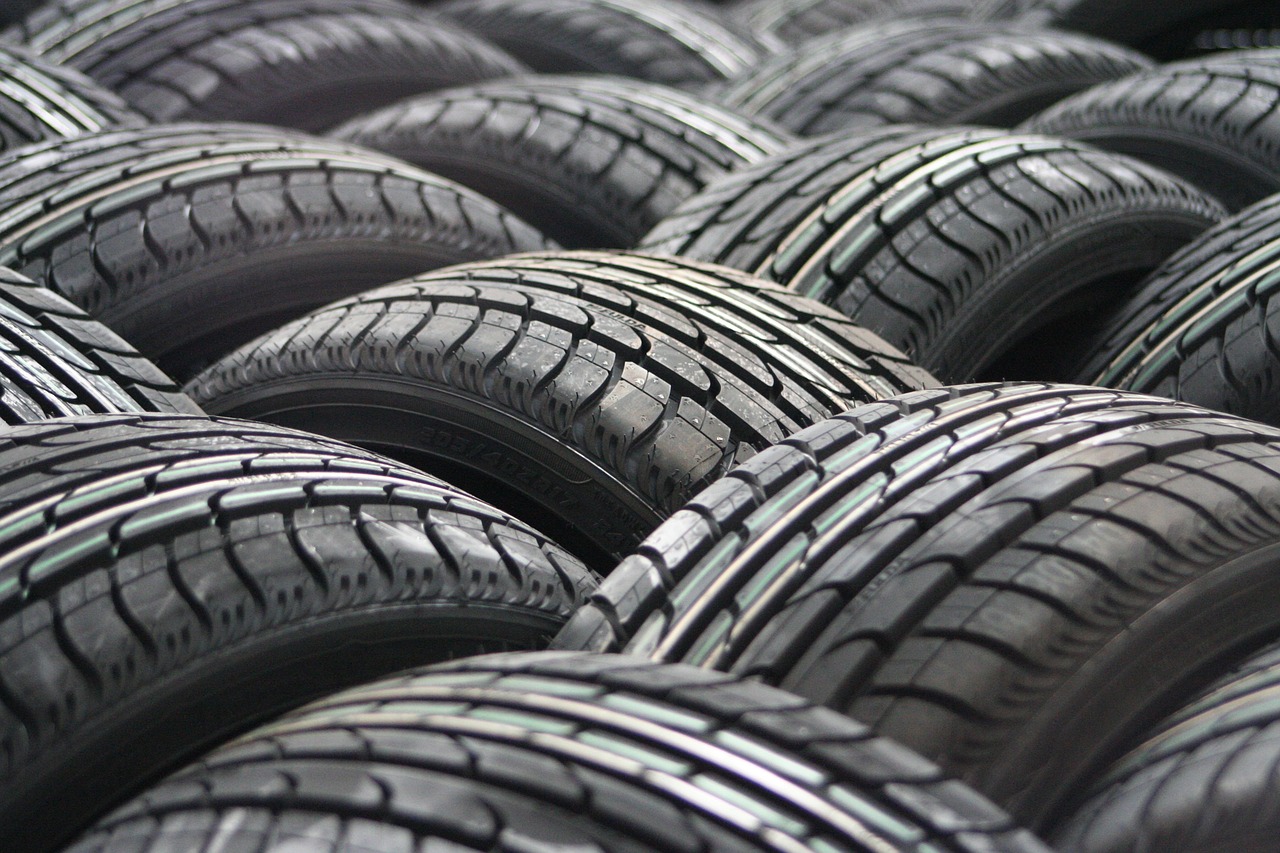






November 13th, 2023 by harlalka
There is more to car tyres than rubber meeting the road. They can be regarded as marvels of engineering that are crafted through one of the most meticulous manufacturing processes out there. This particular journey from raw materials to the final product, which is ready for the road, is a fascinating tale that brings together elements such as precision, chemistry, and technology. Here we will attempt to unravel the layers of the process of making car tyres, and explore the key stages along with the innovative techniques that are involved in this case.
Raw materials: The foundation of tyre production
The journey of making a car tyre starts with selecting the raw materials carefully. The primary ingredients in this case are natural rubber, fabric, synthetic rubber, and steel wire. Natural rubber, which is procured from rubber trees, is supposed to provide elasticity. On the other hand, synthetic rubber is supposed to enhance the durability of the same. The fabric layers impart strength and steel wires strengthen the structure.
Compounding: Crafting the perfect rubber blend
The next step in this particular process is that of compounding whereby the raw materials are mixed and then processed. In this stage, you need precise measurements to create a rubber blend that will have the desired properties in this context. Different chemicals such as accelerators and antioxidants are added to the tyre to enhance its strength, resistance to environmental factors, and durability.
Building the carcass: Ply and belt construction
The structural foundation, or the carcass to be precise, of a car tyre is created by a process that is referred to as building. Layers of fabric are first coated with compound rubber and then arranged to create the ply. The number of plies and the way they are oriented determine how flexible and strong the tyre is.
Tyre curing: The heat and pressure dance
Tyre curing can be described as the transformative stage where the green tyre is given its final shape. The green tyre is essentially the assembled structure that is yet to be cured – it is placed in the mold, to begin with. The mold can be called a mirror image of the final design of the tyre.
Tread design: The art and science of grip
The tread pattern on a car tyre is not limited to the aesthetic aspect. It also serves a vital purpose when it comes to providing grip and traction on different road surfaces. Creating the tread design is a meticulous process where you have to consider factors such as dry and wet traction, tread life, and road noise. Engineers use the latest computer simulations to make sure that the tread pattern offers the best safety and performance.
Quality control: Ensuring road-worthiness
Before a tyre starts running on the road, it is subjected to rigorous quality control checks. As part of these checks, the makers inspect aspects such as dimensions, uniformity, and balance of the final product. They use the latest technology such as x-ray equipment and automated inspection systems to identify the imperfections and defects in the tyre.
The journey that a car tyre traverses to the road from the raw materials is a complex one and just as fascinating as a process. Here you need a delicate fusion of chemistry, technology, and engineering to create products that will meet the diverse demands of contemporary drivers. When you understand the intricacies of this particular process you can shed light on the innovations that are driving the automotive industry forward. Thus, you can make sure that every journey starts and finishes with the security and dependability that you get from a properly created set of tyres.